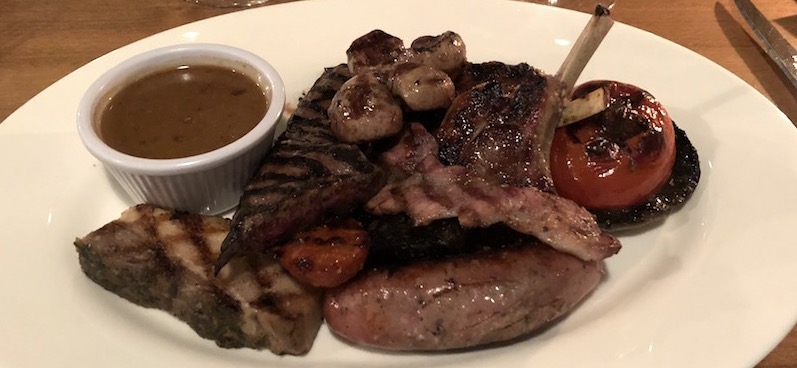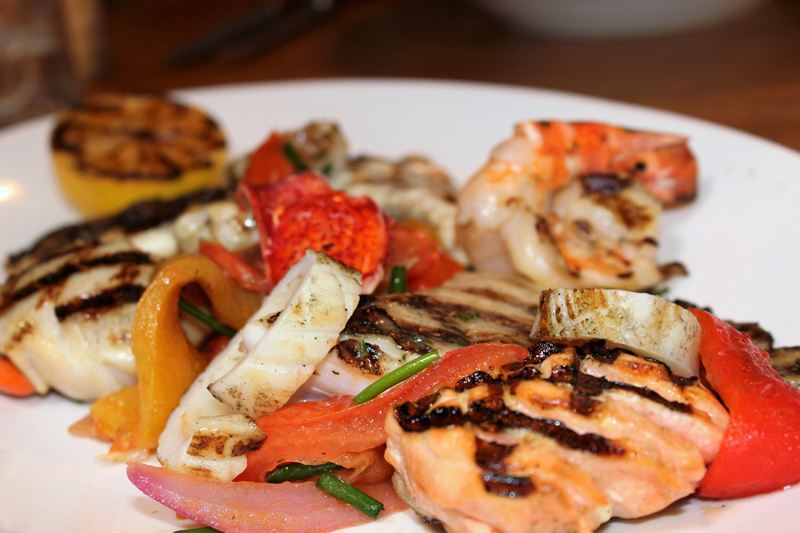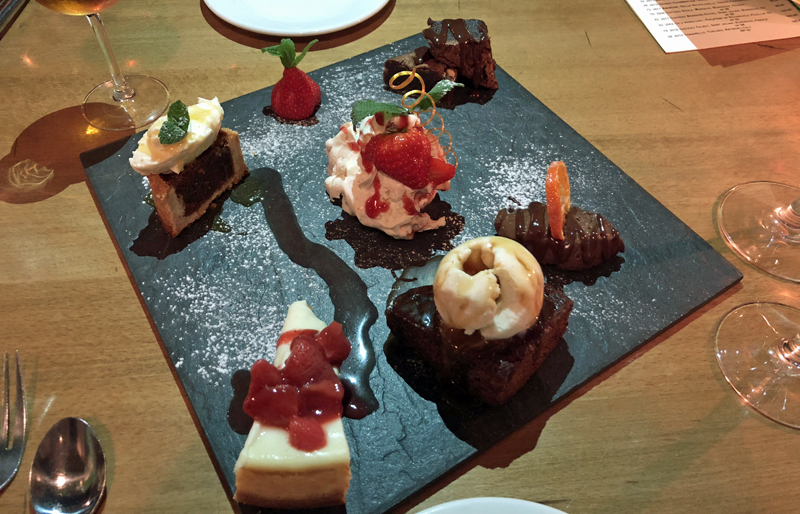Much to report after a busy 2018. The site maintained a focus on restaurant reviews supplemented with feature articles, interviews and broad guide coverage. The iTunes podcast series remains – as always the links are to the written transcripts, you may find the podcast series on iTunes by typing “Restaurant Dining (UK)” into the main iTunes store search box.
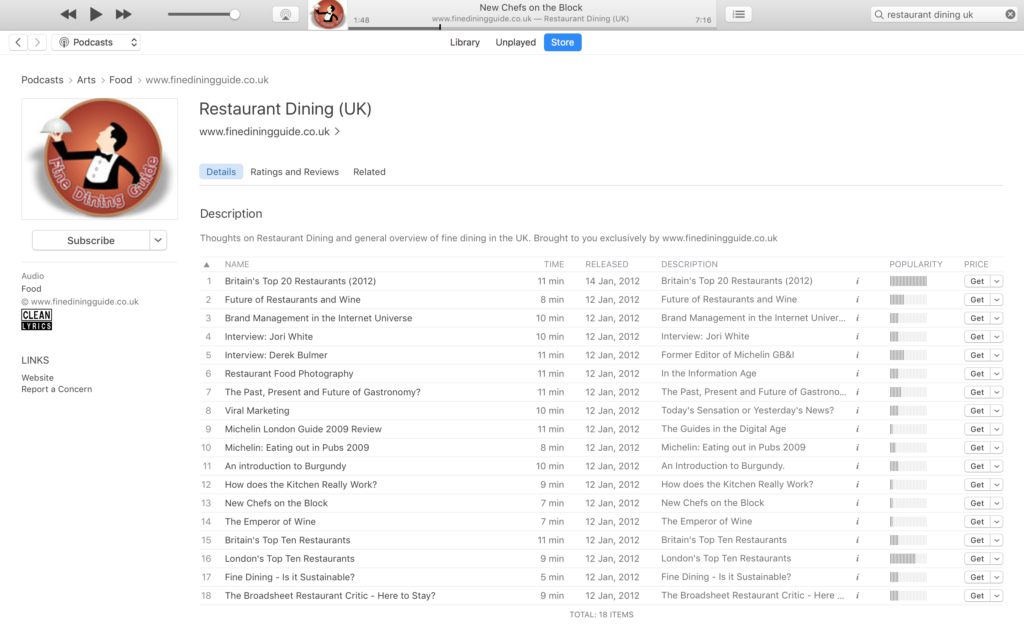 fine-dining-guide continues to have a YouTube Channel for which the site commissioned and uploaded a professional piece on The Waterside Inn featuring Michel Roux Snr. After several years, this remains a popular video.
fine-dining-guide continues to have a YouTube Channel for which the site commissioned and uploaded a professional piece on The Waterside Inn featuring Michel Roux Snr. After several years, this remains a popular video.
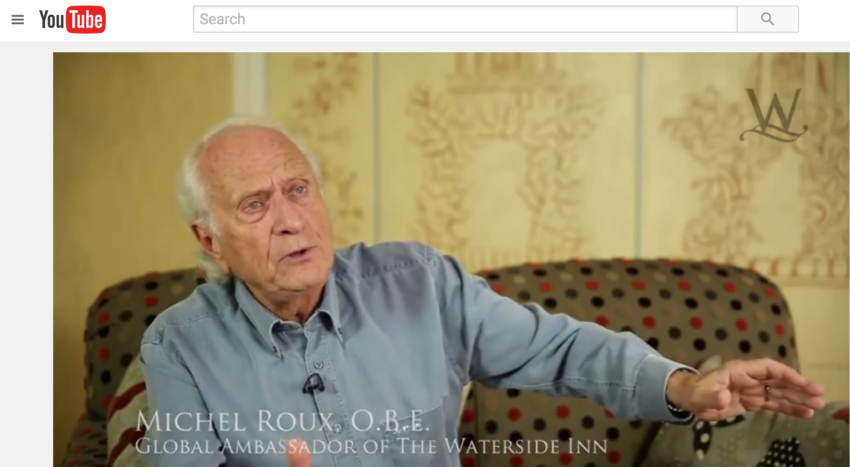
Top End Dining Analysed by the Chef: Five chefs have participated in a new article series designed not to provide ‘A N Other’ opinion about a chef’s output, to be lost in the now sea of increasing ‘noise’ about top end dining. These are something slightly different. In these articles the participating head chef analysed each of their dishes sampled against the five criteria used by Michelin for awarding a Michelin star. How so? Discerning foodies will recall that at The Michelin Guide GB&I launch event for the 2018 Guides, a slide was briefly discussed by Michael Ellis (at the time WW Director of Michelin Guides), which for the first time highlighted the five criteria followed by inspectors in the awarding of Michelin Stars. Michael Ellis confirmed these under interview on that day, as a reminder he explained:-
“The first and most important criteria is the ingredients, all great cuisine starts with great product – the actual product itself is considered for freshness, quality, flavour and texture and so on. The second criteria is mastery of cooking technique. The third criteria is equilibrium and harmony in flavours; the plate must be in balance, so the sauce is not, for example, overpowering the flavour of the fish or that the seasoning of the dish is found to be exactly as it should be. The fourth criteria is regularity (or consistency) and this means starter, main and dessert are all of the appropriate standard and that each are also consistent over time. Finally, value for money is the fifth criteria.”

Rob Palmer: Michelin Starred Hampton Manor is west of Birmingham, a restaurant with rooms where traditional meets innovative. Rob takes the finest ingredients and allows three flavours to shine through in each dish.
Robby Jenks: Formerly of Gidleigh Park (two stints) under Michael Caines and a spell at Whatley Manor under Martin Burge, Robby is now seeking a Michelin Star at The Vineyard.
Niall Keating: Blazing a trail at the ever superb Whatley Manor, Niall was recently awarded The Michelin European Young Chef of the Year 2018, clearly one to watch as he bids to add more accolades to his burgeoning CV.
Simon Addison: Head chef of the Dining Room at Chewton Glen, Simon takes us through the processes at a large hotel kitchen that has once held a Michelin star.
Tom Clarke: L’Ortolan in Shinfield has a long standing relationship with the Michelin Guide, Tom is the latest chef to show his talents in terms of accolades at this favourite haunt.
Interviews: A series of interviews have been conducted with various indutry figures.

Pictured from above left to right:-
Alex Dower: A new driving force behind food and beverage at Harrods, Alex has quite a story to tell about the developments at this institution.
Silvano Giraldin: An industry front of house legend, having contributed to a lifetime of memories for customers at Le Gavroche, Silvano maintains his leadership role in the industry as a judging trustee of the Gold Service Scholarship. In this interview Silvano takes us through the journey of his illustrious career.
Adam Smith: Having spent a decade working his way through the ranks of the kitchen at The Ritz, Adam achieved individual Michelin recognition at Coworth Park, matching his mentor John Williams!
Atul Kochhar: A proud family man, Atul Kochhar takes us through his career and achievements in this interview.
Peter Harden: Industry figure and co-founder with his brother of the Harden’s Guides, Peter is not short of an opinion in this wide ranging interview.
Andrew McKenzie: 20 years of leadership at The Vineyard, this popular industry figure and former Hotelier of the Year shares his candid views on the state of play in hospitality.
In addition, interviews were conducted with the then WW Michelin Director Michael Ellis, Michelin two star chef Simon Rogan as well as a separate interview piece with Robby Jenks.

Twitter/Facebook/Instagram: The three social networking platforms continue to deliver good traffic to the site but also offer a shift to providing focus for photo logs, video logs along with a general news feed. Indeed more and more unique content is appearing on these platforms as they offer a digital web presence for ‘fine dining guide’ in their own right – Facebook has over 2,814 likes, Twitter enjoys over 7,693 followers and Instagram 1,414 followers. Each may be found using the handle @finediningguide.
Facebook and Twitter have progressively introduced more detailed analytical data about the performance of entries/tweets as well as the overall page/feed. This proves very useful in tracking which information is considered most valuable to an audience and tailoring entries accordingly.
Restaurant/Hotel Reviews: Reviews by Simon Carter and Daniel Darwood have included numerous visits to venues from Edinburgh to the Lake District as well as around London and the home counties… (See Reviews)
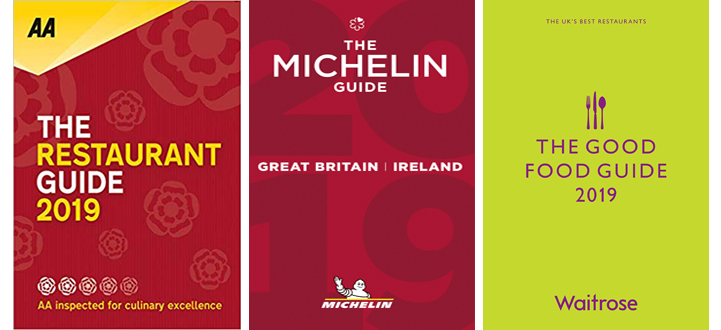
Guides: The 2019 GB Guide season took place during September 2018 (as applicable to fine-dining-guide). The ‘gold standard’ of Michelin Guide GB&I 2019 was eagerly anticipated with some buzz about the possibility of a new Michelin three star in GB&I. In the event, three restaurants have been newly awarded-two stars: Kitchen Table at Bubbledogs in Bloomsbury from chef James Knappett; CORE by Clare Smyth in North Kensington (which goes straight into the guide for the first time with two stars); and Moor Hall in Aughton from Mark Birchall, which gained its first star in 2018. Sadly, Le Champignon Sauvage under the legendary and tireless David Everitt-Matthias was awarded one star instead of two stars, likewise Marcus Wareing at the Berkeley received one star instead of two and Gidleigh Park under a new chef was awarded one star. In all, five 3 stars, twenty 2 stars and 155 one stars (21 new) were awarded. In the Bib Gourmand category 143 restaurants were awarded (27 new).
Restaurant Nathan Outlaw (10/10) enjoyed number one status in the Waitrose Good Food Guide 2019 for the second year in a row while L’Enclume (10/10) retained its lofty status in second place. New entry CORE by Clare Smyth in North Kensington (10/10) also followed in the illustrious footsteps of Chez Nico, Restaurant Gordon Ramsay and The Fat Duck in achieving maximum marks and found third place in their Top 50 restaurant list.
There were new 5 AA Rosettes gained in the AA Restaurant Guide 2019. In addition to Claude Bosi being awarded Chef’s Chef of the Year 2019, Bibendum was awarded 5 AA Rosettes. CORE by Clare Smyth in North Kensington and Moor Hall in Aughton from Mark Birchall were also given the 5 Rosette accolade – familiar names plus some consistency found at the top end of the leading inspector led guides.
New 4 AA Rosette restaurants were Adam Reid at The French, Manchester: Burlington Restaurant at the Devonshire Arms, Bolton Abbey: Dinner by Heston, London: Driftwood, Portscatho: The Man Behind The Curtain, Leeds: Tassili, Jersey: The Tudor Room at Great Fosters, Egham.

Top Restaurants Lists 2019: While still awaiting the January review of awards by the AA but with all three main guides for 2019 published, fine dining guide are in the process of updating the ‘Top 100’ feature that lists top restaurants in London, Scotland and Wales based on a formula applied to leading guides to give an FDG score per restaurant. There will be an associated Top 25 Restaurant in Britain 2019 Guide editions feature coming soon.
Opinion: At least two luxury hotels with quality restaurants have understood a trend in terms of high value clients. Both Chewton Glen and Hampton Manor have accommodations that suit the wealthy client who desires some peaceful (and effectively private) home away from home time but with the luxuries associated with a high quality hotel. Hampton Manor offers the convenience of a holiday hire cottage but with all the facilities of a hotel, a Michelin standard restaurant, and ‘pamper rooms’ at the end of the drive. Similarly, Chewton Glen Treehouse properties are tucked away but replete with a private concierge cum butler to take care of these customers’ every need, as well as being a buggy ride away from the luxuries of the hotel. In addition, numerous private services are available to clients at each of these properties. James Hill, owner at Hampton Manor, explains that high value clients warrant specific customer relationship management to make them belong, be it to a club like arrangement or simply assisting them at key moments (for example, by putting on a lunch at short notice in a private room) to assist in encouraging long standing high value custom.
For a while now there has been increasing demands on front of house to deliver value add to all customers as part of the standard offering – simply offering a social meeting place where you happen to have something to eat is no longer enough. These extra demands are also increasing in scope and range but vital to developing business. It may take the form of chefs entering the dining room to present dishes or customers having the option of a cocktail in the restaurant’s own gin room/distillery (or at least a selection of specialty gins or whatever delight it may be that the restaurant uses as a hook). There may be seeing field to fork from a kitchen garden or having a cookery school with an open kitchen or having interactive kitchen tables. Perhaps promoting themed wine lists (organic/biodynamic English championing et cetera) or providing bespoke offerings in private dining rooms or offering guest chef nights. Some restaurants put on a dinner dance or have a golf day and so on. The days of a little liquid nitrogen are numbered as being enough!

Hampton Manor demonstrate this idea further in their Full Afternoon Tea concept – scones with cream and jam are the only recognizable element of the traditional Full Afternoon Tea – opening infotainment includes a presentation from the head waiter and a chef of the new concept, the experience begins with a themed cocktail based on William Morris, the story telling here (and yes story telling is a significant value add! See, from Blumenthal to Tom Sellers) is that Morris’ arts and crafts movement ideals from the 19th century pervade the house. Then some dry ice for effect from the chef. The food itself arrives in multi-course stages, mini savouries are re-imagined from the Michelin starred restaurant menu (instead of finger sandwiches which are nowhere in sight) and cakes replaced by creative interpretations of the restaurant’s desserts. Even the tea itself was a presentation of specialty loose leaf products. Wonderful concept and very popular.
The breadth of information now available via web content (and especially social media) has naturally encouraged customers to become more adventurous in their tastes. Not only are customers now generally fascinated by detail of quality but in addition all levels of established, emerging and new cuisines have become affected by the continuous search for expression, authenticity and individuality.
In fact, the speed of this observed change is witnessed simply in the tea and coffee menus at Michelin starred Amaya in London, which read like the kind of sophisticated notes once reserved for the greatest of wines from the Médoc Classification of 1855! Consider Balseri Gold 2nd Flush Assam – 2016 rich, sweet, malty and full bodied tea typical of Assam or a Wonder Classic Darjeeling, 1st Flush Gopaldhara Gardens – 2017 tropical fruit notes, papaya, mango with sweet white florals. Where once coffee was black or white before Espresso, Cappuccino and Latte were imported into restaurant fayre so now it is Indian Monsoon Blend which is fragrant and smokey with dark caramel overtones which is blended with the exclusive Indian cherry parchment coffee. This highlights the need for restaurants to deliver a new level of discerning understanding in the details of quality, something which has become standard to satisfy this new breed of knowledgeable customer.

Michelin produced a live launch event that was broadcast simultaneously over the web via Facebook. Michelin teamed up with various sponsors for the launch event. Presumably this commercial move has been extended globally to protect the resources at Michelin in the digital age (during the move from print media) and thereby defend their quality, integrity and leadership position. This year a strong turn out of chefs came to support the Michelin launch process. We await with interest the actions of the guides to maintain their positions in the ever more dynamic world of top end restaurants and their demanding customer bases.
Until next time Happy Eating!





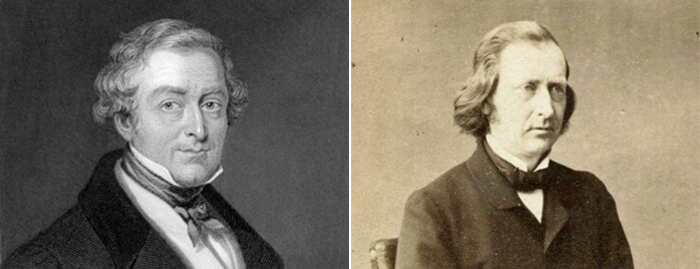







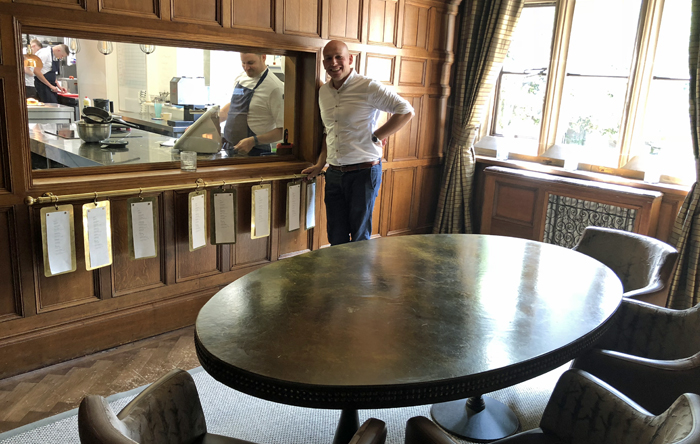

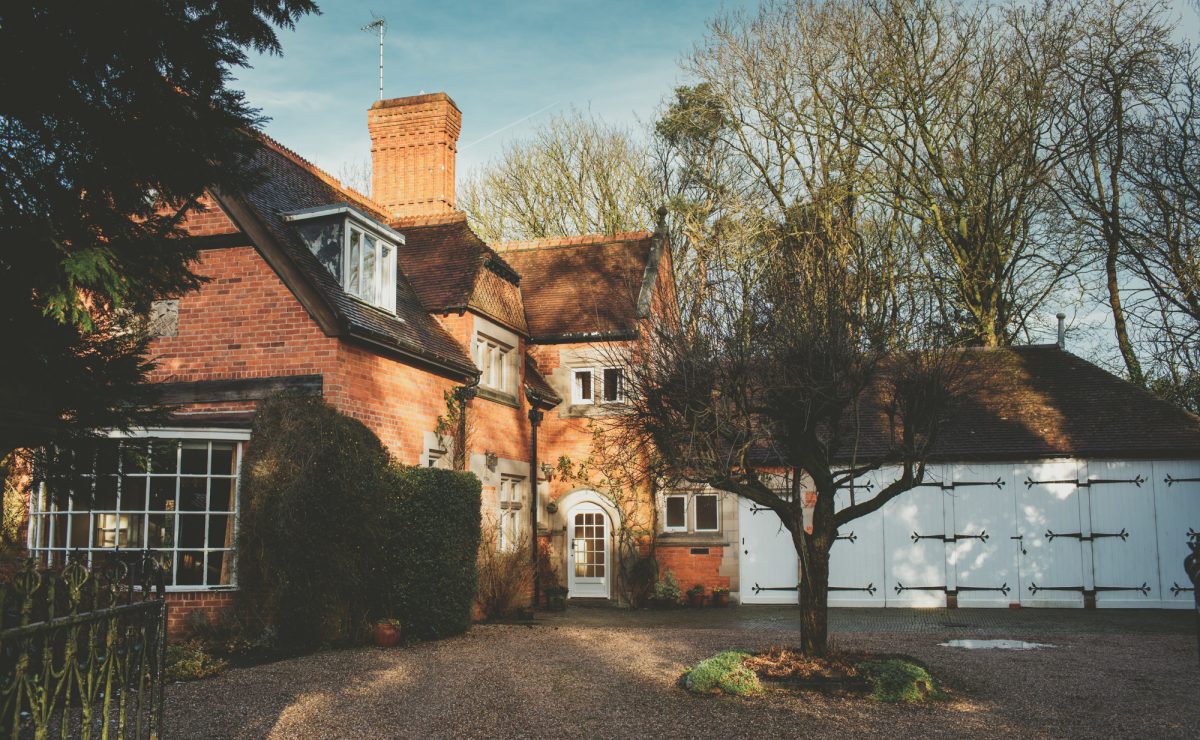
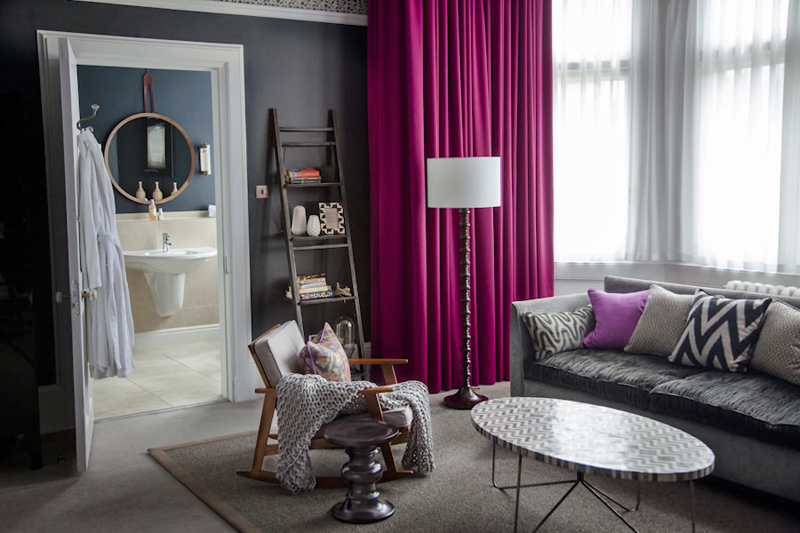
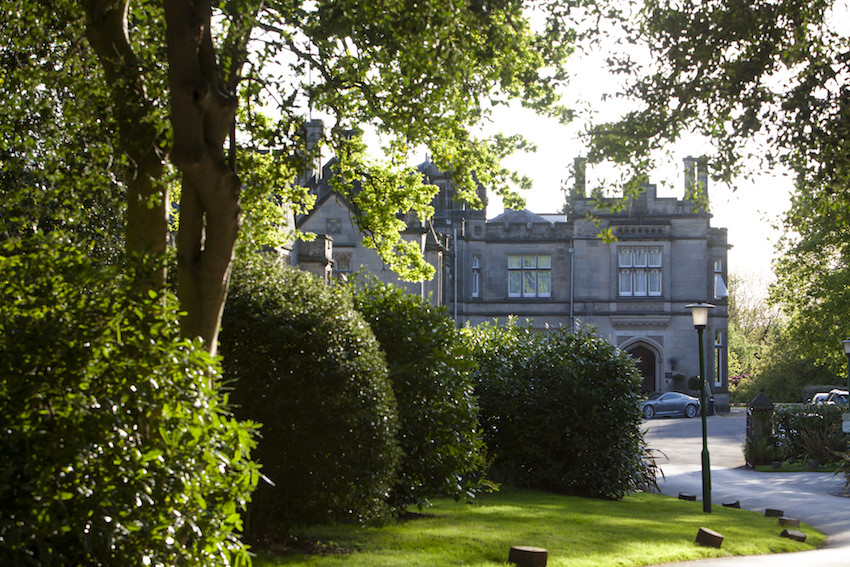
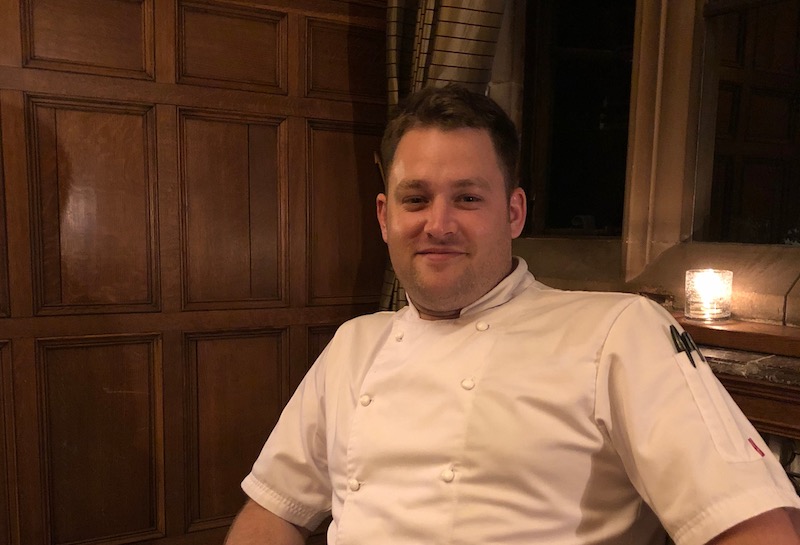
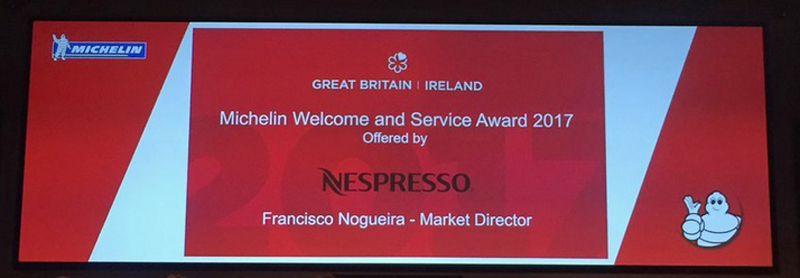

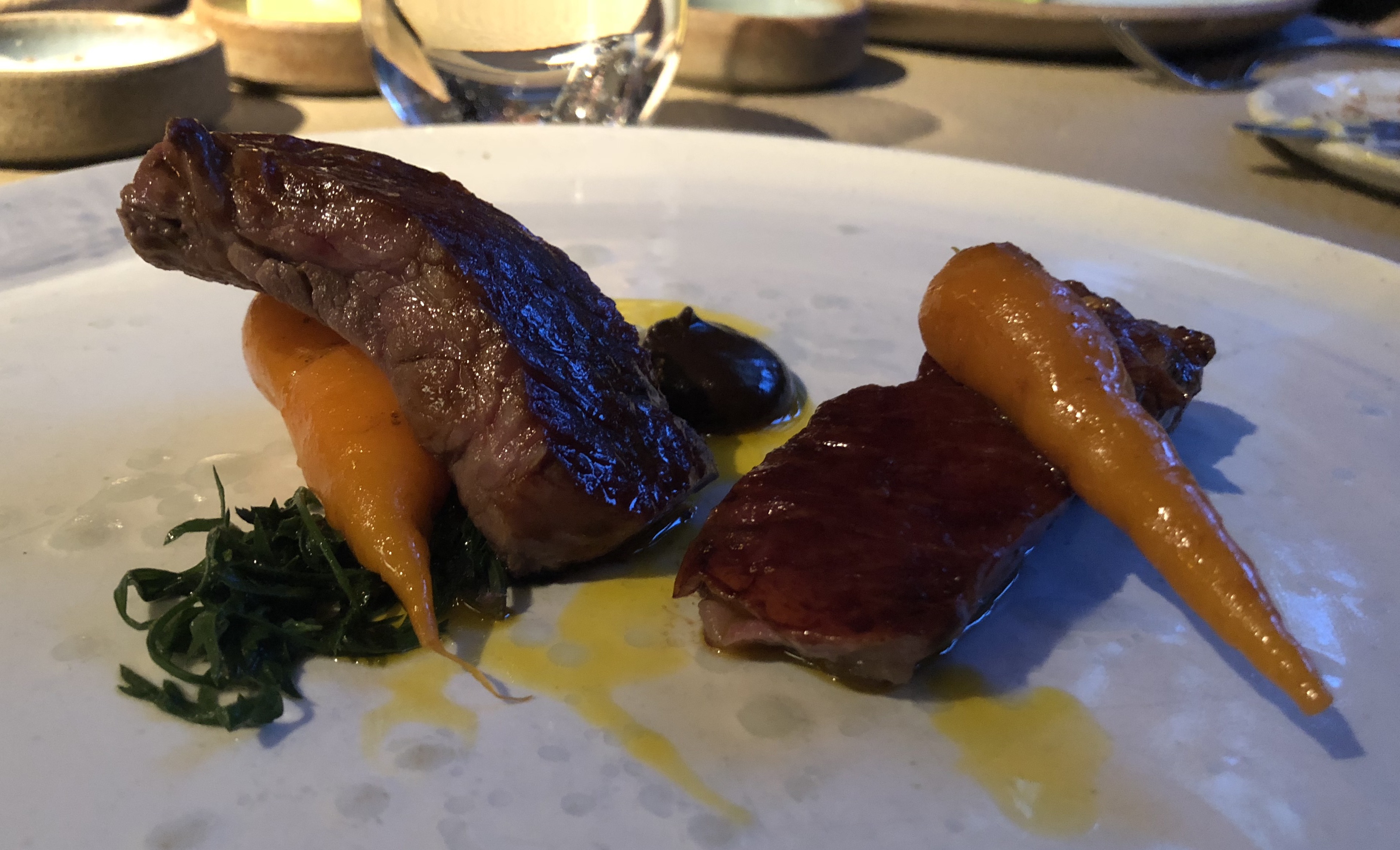


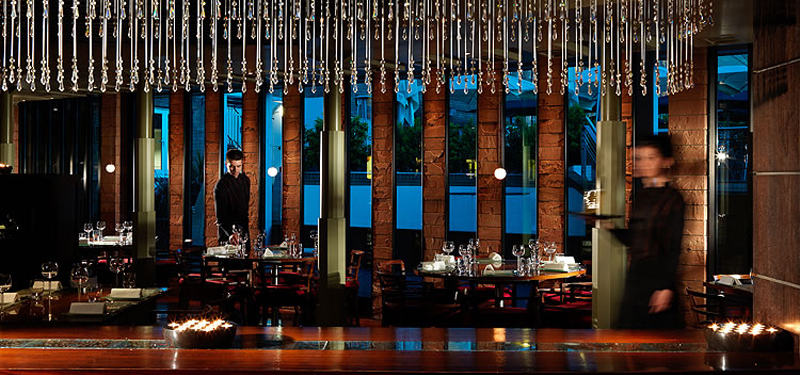
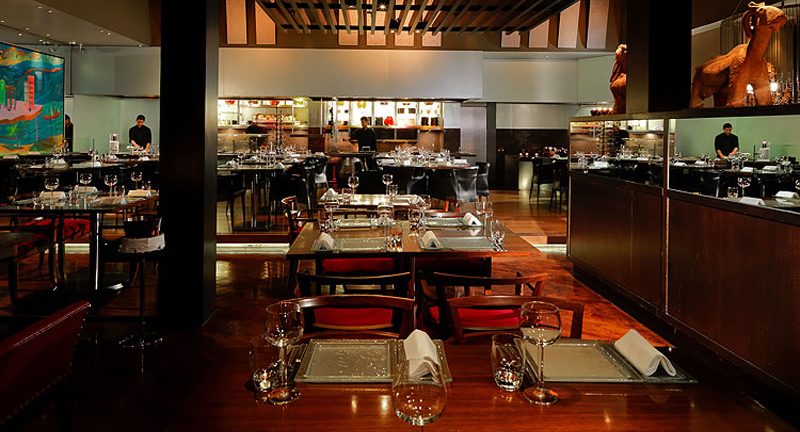
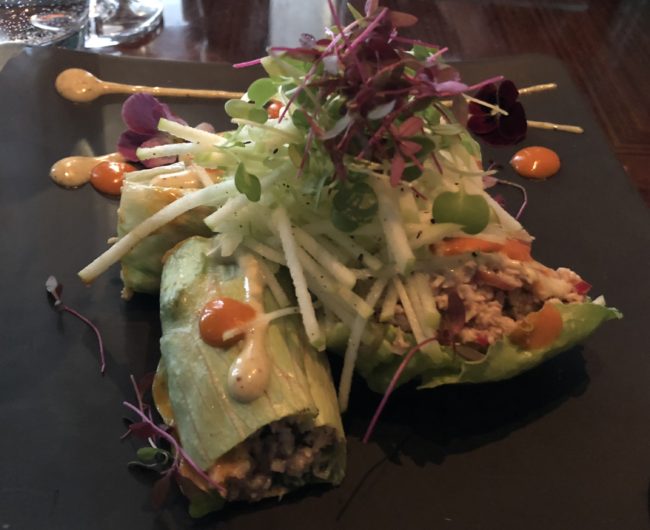
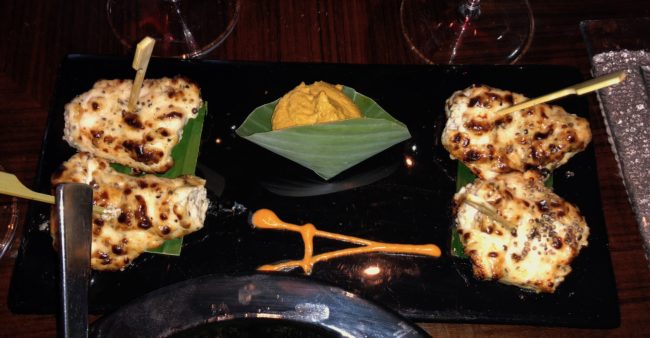
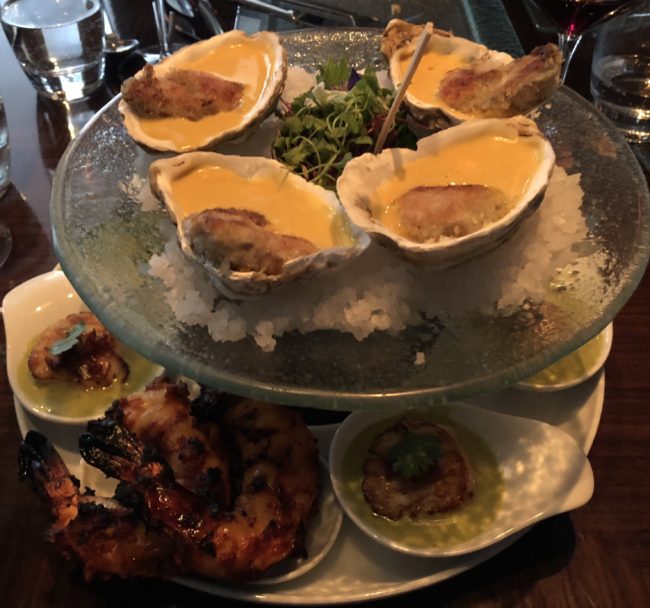
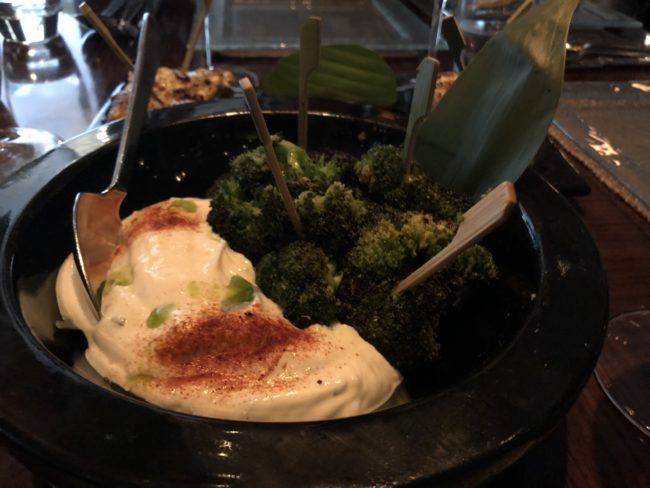
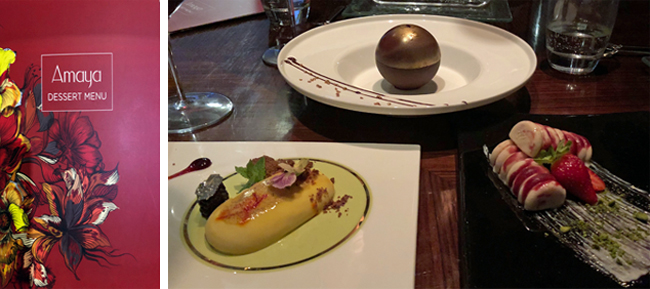
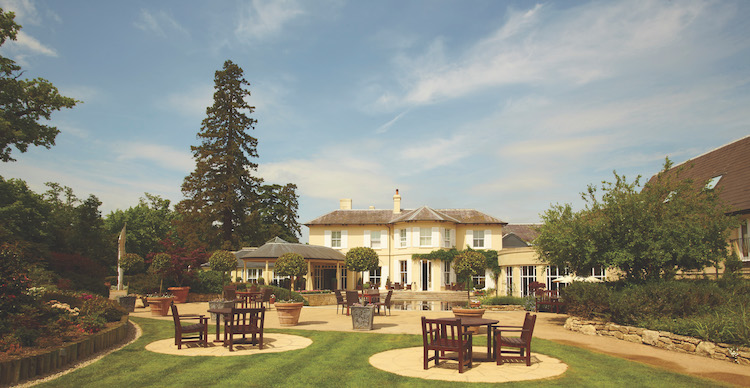




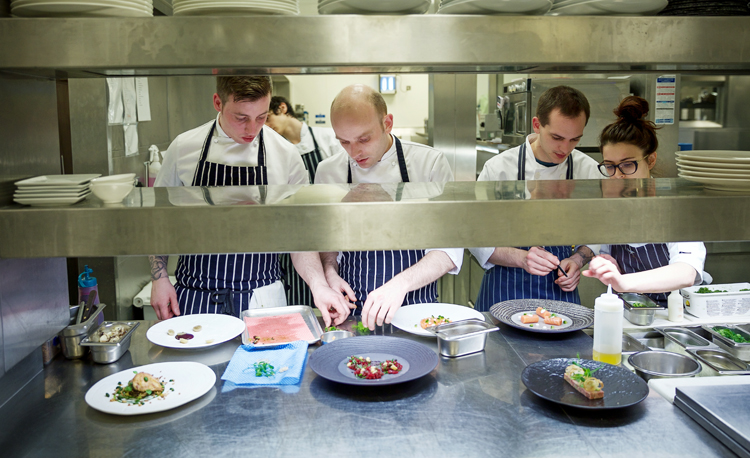

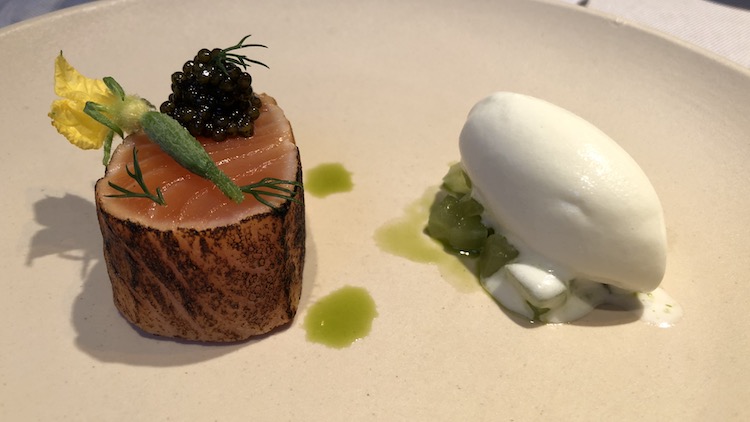
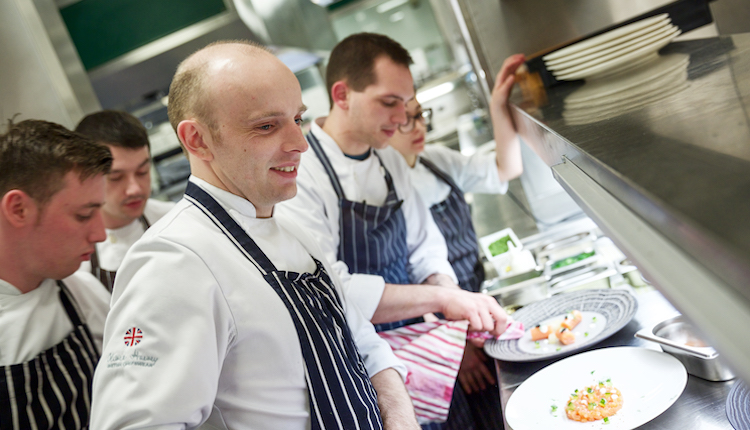
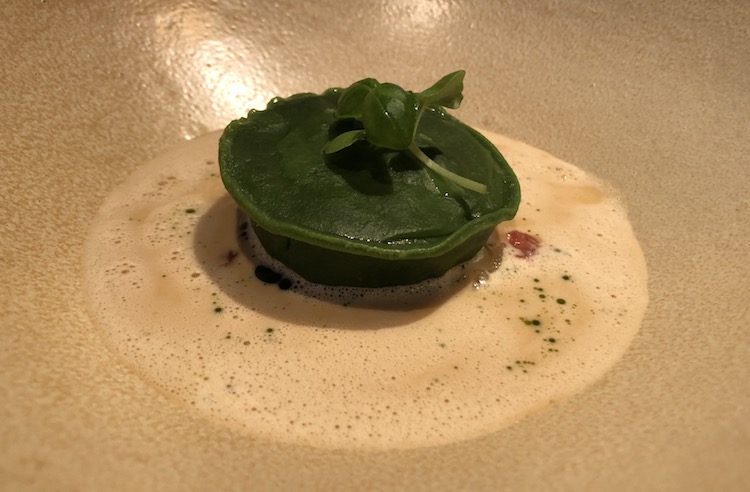

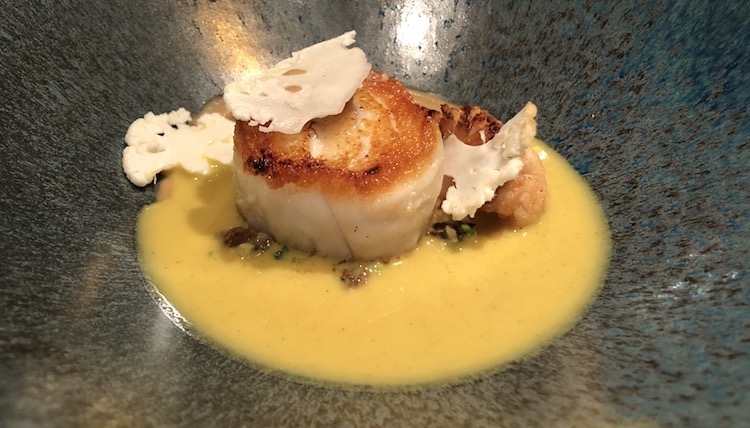
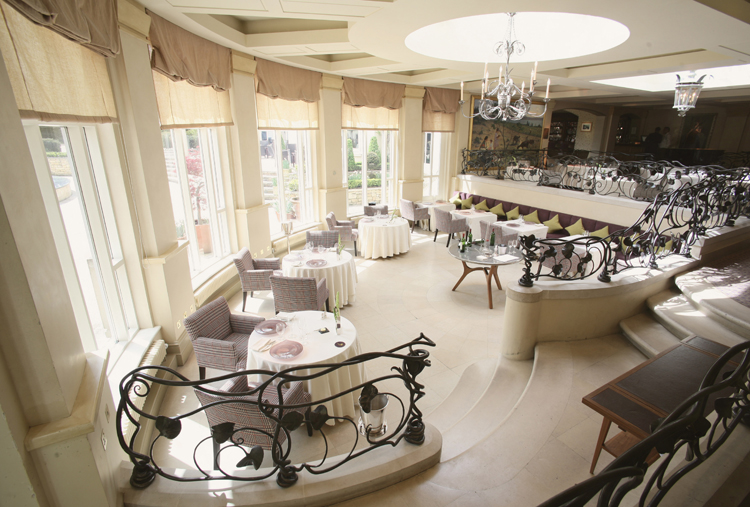
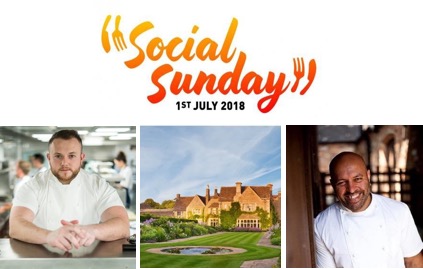


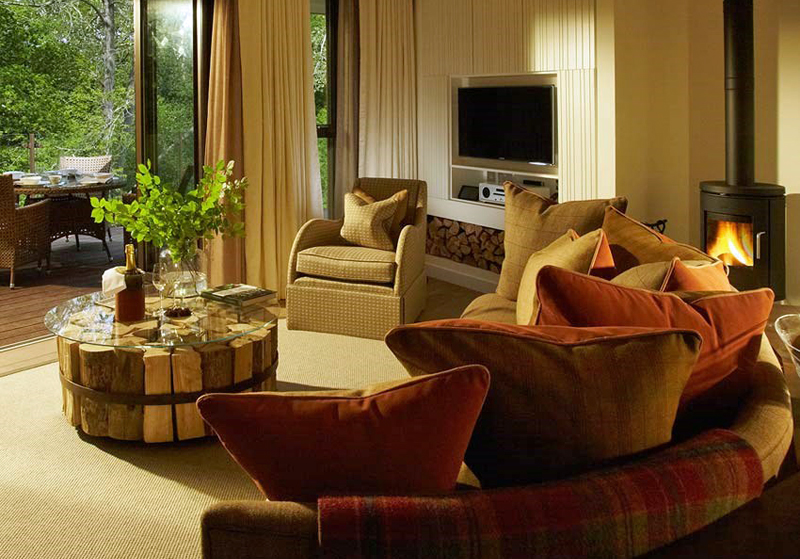
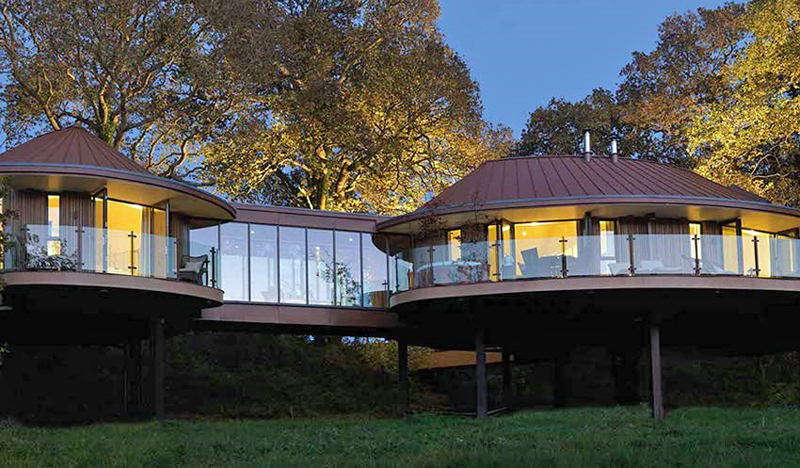
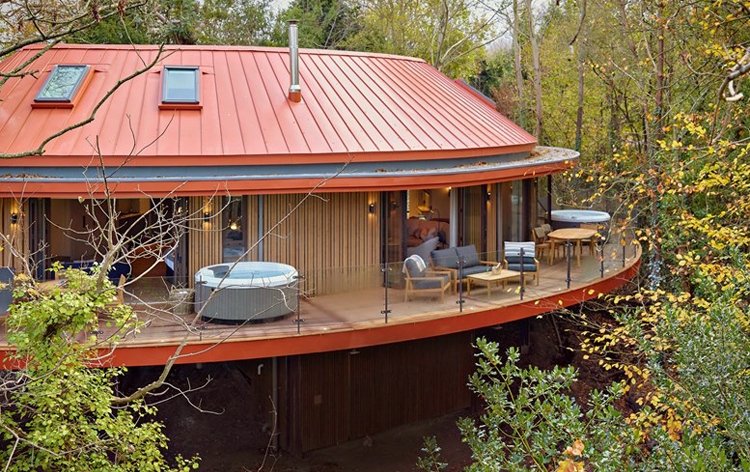
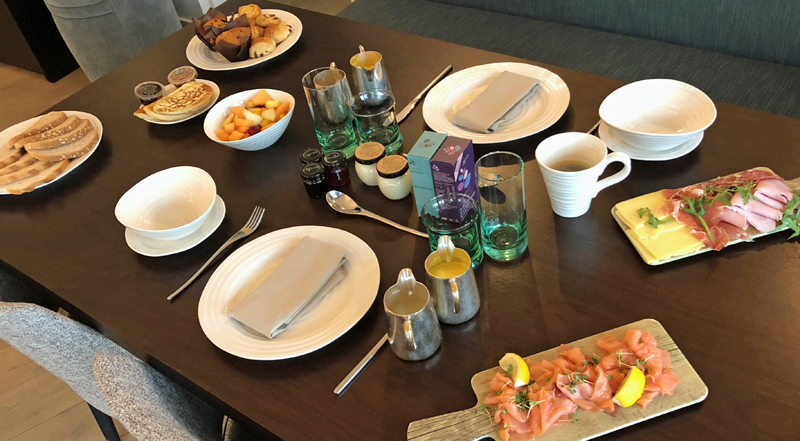


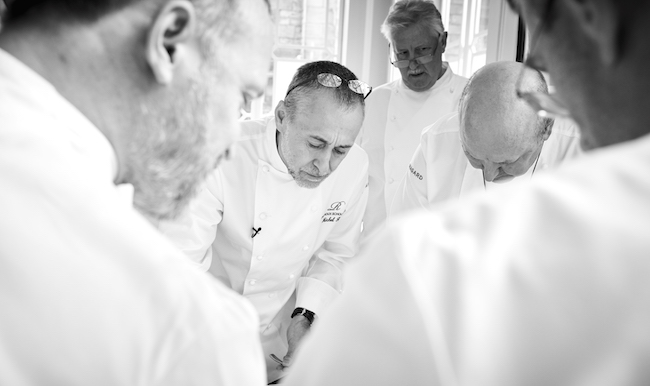
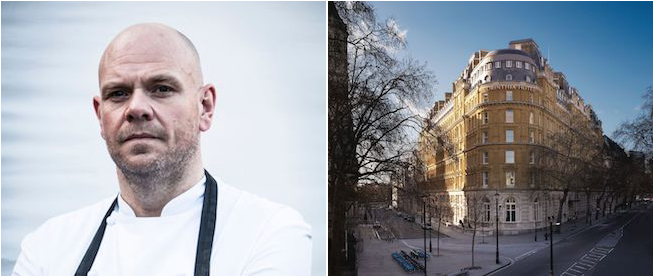
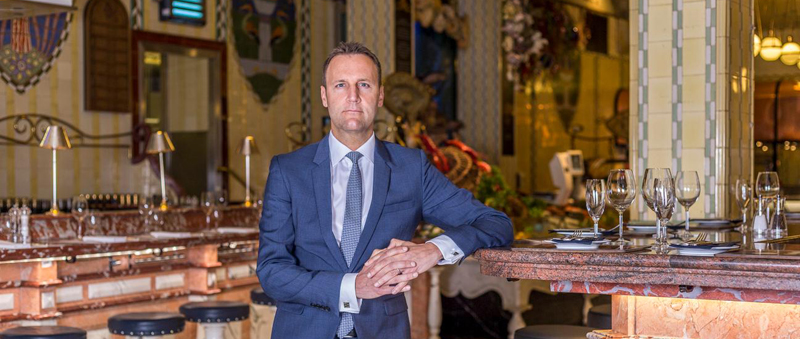
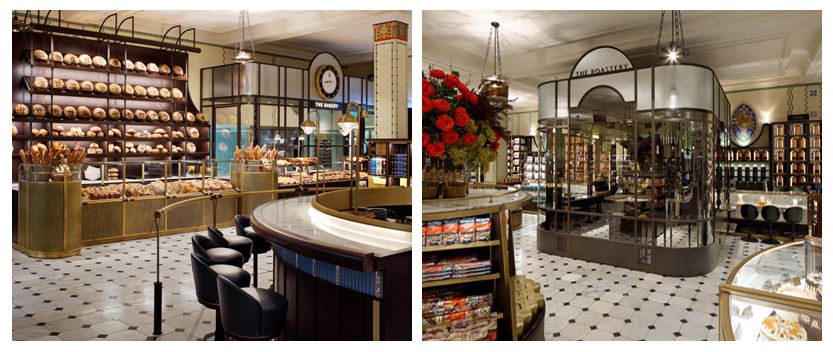

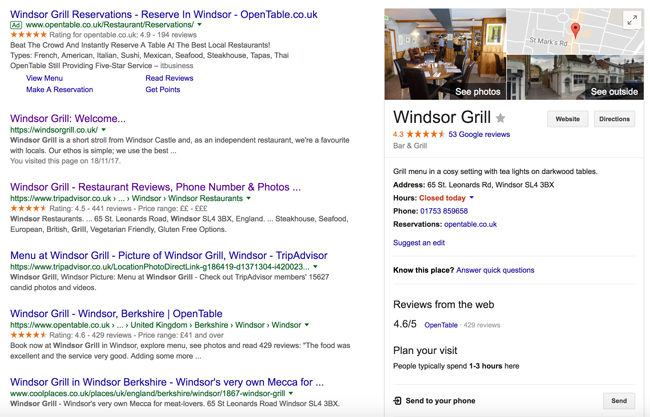 As of mid November 2017 a google search showed 53 google reviewers gave an average mark of 4.3/5, 429 reviewers for OpenTable provided an average of 4.6/5 and that familiar stalwart Trip Advisor scored 4.5/5 from 441 reviews. I decided I would like to add my own opinion to this rather impressive sea of data.
As of mid November 2017 a google search showed 53 google reviewers gave an average mark of 4.3/5, 429 reviewers for OpenTable provided an average of 4.6/5 and that familiar stalwart Trip Advisor scored 4.5/5 from 441 reviews. I decided I would like to add my own opinion to this rather impressive sea of data. 
